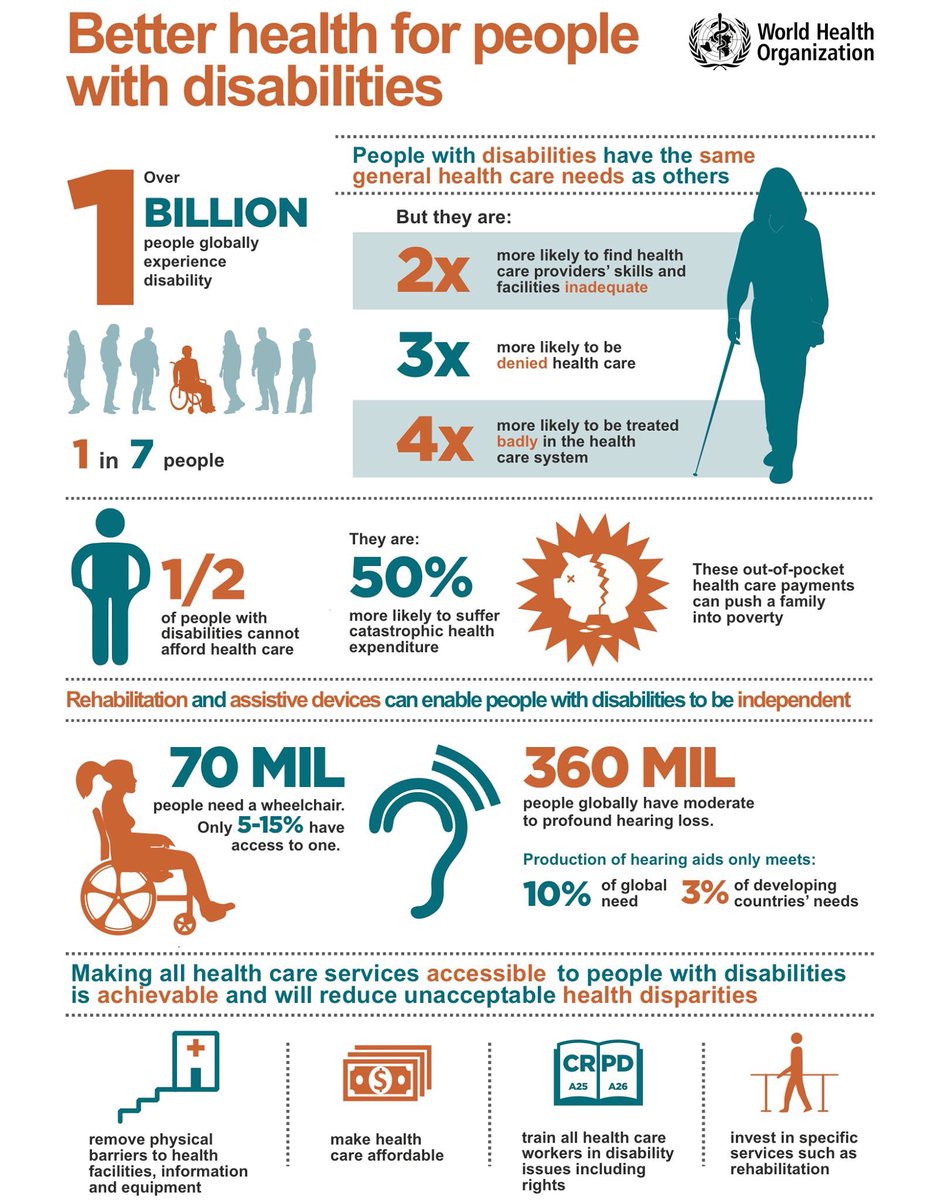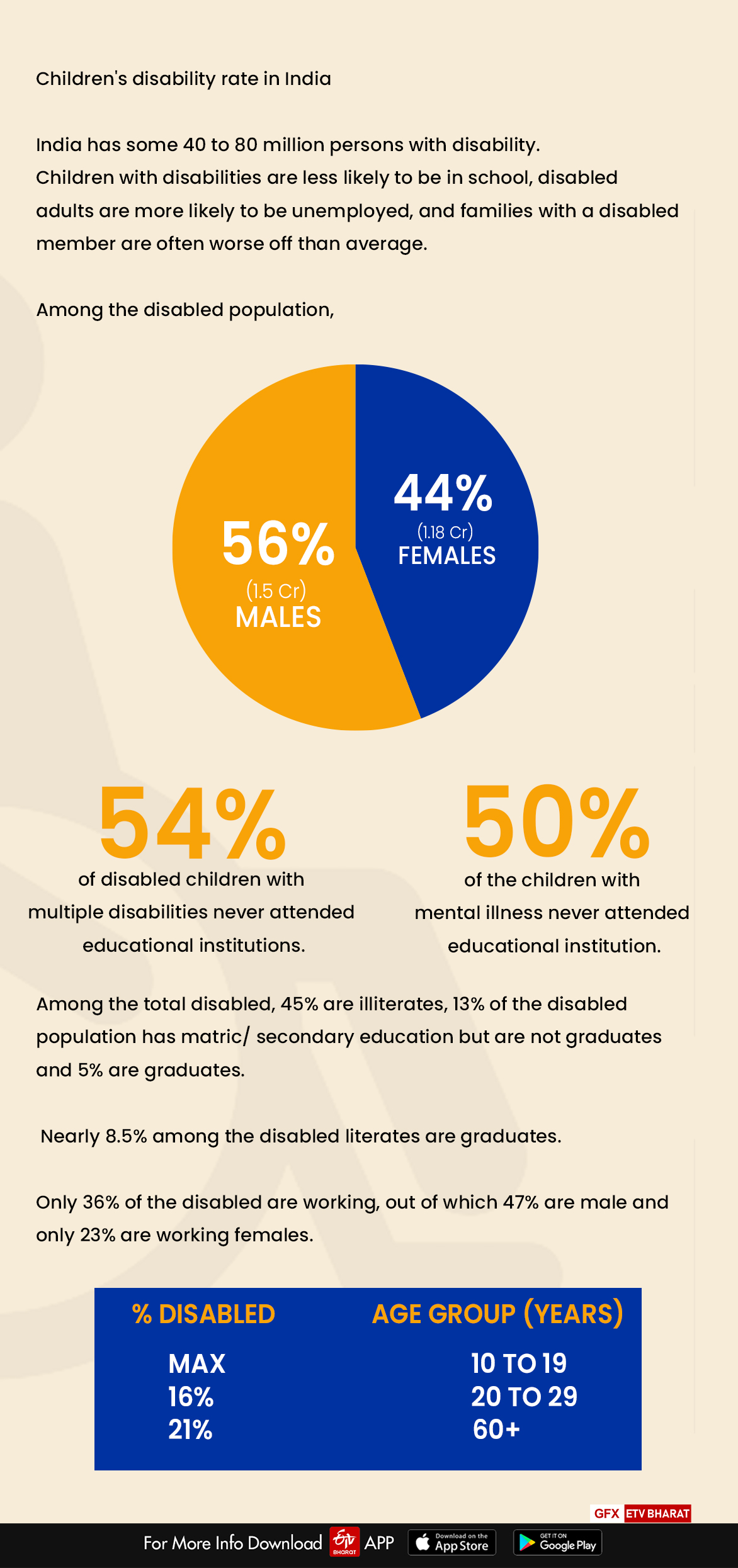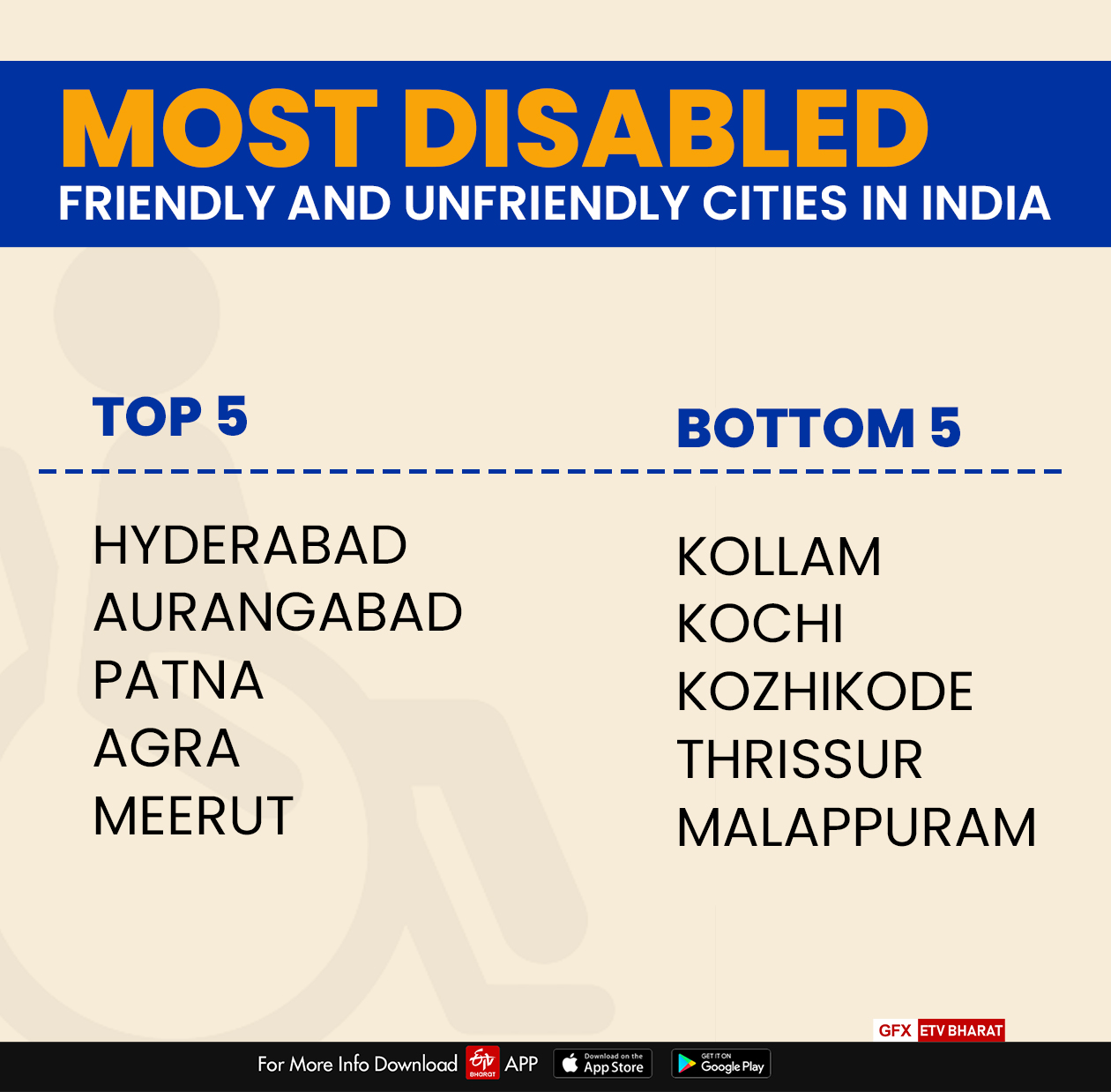Hyderabad: International Day of People with Disability (IDPwD) is held on 3 December each year. IDPwD is a United Nations-sanctioned day that is celebrated internationally.
It has been marked as the International Day of Persons with Disabilities by the United Nations since 1992. It has been more than 25 years since the United Nations General Assembly adopted the Resolution 47/3, to mark this day.
The assembly in the year 2008 changed the observance's name from the "International Day of Disabled Persons" to the "International Day of Persons with Disabilities".
The International Day of Disabled Persons promotes awareness-raising about disability issues and draws attention to the benefits of an inclusive and accessible society for all.
The day aims to increase public awareness, understanding and acceptance of people with disabilities and celebrate their achievements and contributions.
It also seeks to increase awareness of gains to be derived from the integration of persons with disabilities in every aspect of political, social, economic and cultural life.
The day exists to make sure that environmental and social barriers are identified, and to help everyone to work together to overcome them.

The annual International Day of People with a Disability theme: 'The Future is Accessible'
This year, the International Day of Persons with Disabilities (IDPD) focuses on the empowerment of persons with disabilities for inclusive, equitable and sustainable development as anticipated in the 2030 Agenda for Sustainable Development, which pledges to ‘leave no one behind’ and recognizes disability as a cross-cutting issues, to be considered in the implementation of its 17 Sustainable Development Goals (SDGs).
International Day of People with Disabilities symbolises the actions we should take every day, in order to create diverse and accepting communities.
The International Day of Persons with Disabilities is coordinated by United Nations Enable, which works to support and promote the rights and dignity of persons with disabilities.
The symbol of Enable is the blue UN symbol and the word 'enable'. The UN symbol consists of an azimuthal equidistant projection of the globe centred on the North Pole surrounded by olive branches. The word 'enable' written entirely in lower case letters. The letter 'e' is red and the other letters are blue.
Challenges and issues faced by disabled persons
People with disabilities are at much higher risk of violence. Children with disabilities are almost four times more likely to experience violence than non-disabled children.
Adults with some form of disability are 1.5 times more likely to be a victim of violence than those without a disability.
Adults with mental health conditions are at nearly four times the risk of experiencing violence. Factors that place people with disabilities at higher risk of violence include stigma, discrimination, and ignorance about disability, as well as a lack of social support for those who care for them.
Persons with disabilities, “the world’s largest minority”, have generally poorer health, lower education achievements, fewer economic opportunities and higher rates of poverty than people without disabilities.
This is largely due to the lack of services available to them (like information and communications technology (ICT), justice or transportation) and the many obstacles they face in their everyday lives.
These obstacles can take a variety of forms, including those relating to the physical environment, or those resulting from legislation or policy, or societal attitudes or discrimination.
India has a long road ahead to combat challenges faced by Persons with Disabilities

According to sources, there are millions of people living with one or multiple disabilities. In India, the population with disabilities is around 26.8 million, constituting 2.21% of India’s total population, if one goes by the 2011 population census data. Among the disabled population, 56% (1.5 Cr) are males and 44% (1.18 Cr ) are females.
The number of disabled persons is highest in the age group 10-19 years (46.2 lakhs). 17% of the disabled population is in the age group 10-19 years and 16% of them are in the age group 20-29 years. Elderly (60+ years) disabled constituted 21% of the total disabled at all India level.
Despite constituting such a significant proportion of the total population, persons with disabilities live a very challenging life.
While writing the foreword to the World Report on Disability 2011, professor Stephen Hawking stated: In India, two-thirds of India’s states have yet to notify rules on the Rights of Persons with Disabilities (RPWD) Act passed in 2016, which includes affirmative action by raising reservation quotas in higher education and government jobs. Systematic research into prevalence and determinants of disability has been scanty from India although it is an important public health problem.
Moreover, one of the biggest challenges is providing rehabilitation services to the unreached persons with disabilities living in rural areas and small towns. Many jobs remain ‘unidentified’ for persons with disabilities. Hence, many qualified people with disabilities are denied jobs in the Government due to this discriminatory policy.
Deen Dayal Disabled Rehabilitation Scheme (DDRS), Assistance to Disabled Persons for Purchase / Fitting of Aids / Appliances (ADIP), Scheme for Implementation of Persons with Disability Act, 1995 (SIPDA) and many others schemes are launched by the government of India for persons with disability.
How disabled-friendly are India's cities?
Four cities in Maharashtra- Mumbai, Pune, Nagpur and Nashik were selected as part of the national accessibility campaign to develop disabled-friendly transport and other public facilities.

Reportedly, it was found that where Hyderabad, Aurangabad, Patna, Agra and Meerut topped in making the cities disabled-friendly, Kollam, Kochi, Kozhikode, Thrissur and Malappuram were at the bottom of the list.
The Union government has asked each state, including Maharashtra, to identify 50-100 public buildings in major cities to be made easily accessible for persons with disabilities under the 'Accessible India Campaign', also known as 'Sugama Bharat Abhiyan'.
What needs to be done to end disability discrimination?
Community-based rehabilitation: To ensure that people with disabilities are able to maximize their physical and mental abilities, have access to regular services and opportunities, and achieve full integration within their communities.
Disability limitation at an early stage when they are amenable to preventive and rehabilitative measures, so that progression to severe disability can be minimized is a vital component in the rehabilitation of the disabled.
A multi-sectoral approach including social integration interventions, health, education and vocational programs are important issues related to rehabilitation services.
The educational sector should be more inclusive by adopting newer techniques with respect to the content of the curriculum, methods of teaching and ensuring that classrooms, facilities, and educational materials more accessible.
Collaboration with the employment and labour sectors is essential to ensure that both youth and adults with disabilities have access to training and work opportunities at the community level.



